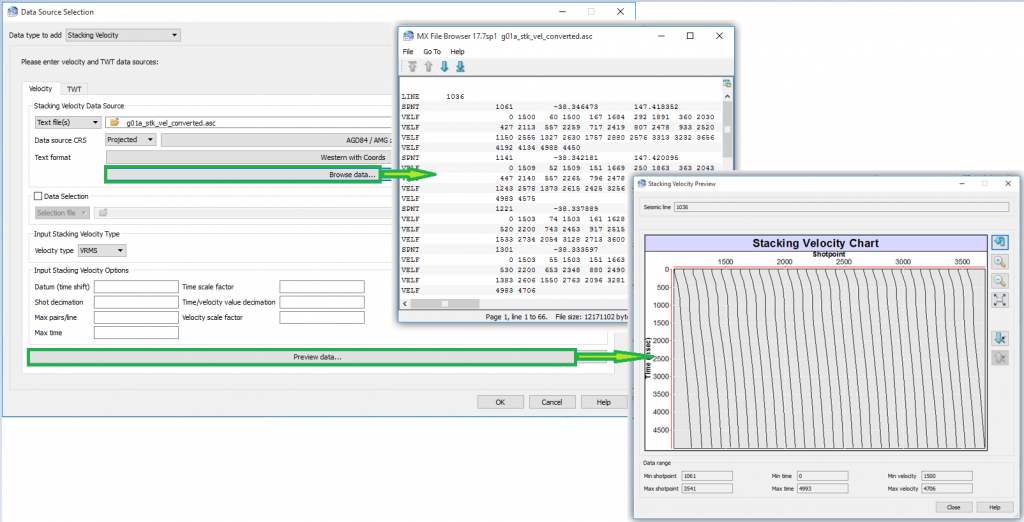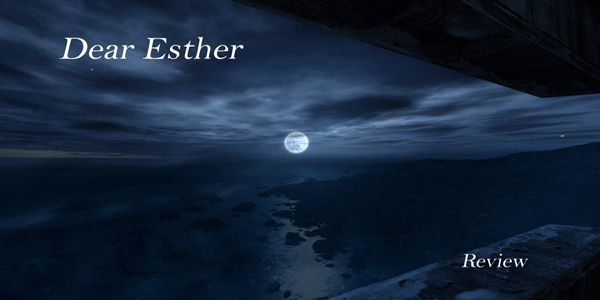
There are roughly 250 unique animation in the game, in case you were wondering.
Import dear esther maps into 3dsmax skin#
Some of the other steps fortunately only have to be done once such as creating the model, its textures, the skeleton and its skin weights.

Many of these steps have to be done for every single animation in the game. Model, unwrap UV, texture, rig, skin, record mocap, characterize mocap data, characterize rigged model, retarget mocap data to model, plot keyframes to character skeleton, tweak animations where needed, save into Unity, turn model into humanoid, cut up the animations into animation clips, toggle animation clip import settings depending on what’s applicable, drag model into scene, apply materials and textures, trigger the animation that you need when you need it, profit. Tino described the process from modelling to getting it in the game as follows: From this point forwards the elements from the photo reference are combined and mashed together into concept art. As a team, we go over a bunch of different photo references and pick the photos that fit with the person and the narrative. We get a description from our narrative designer of Will (one of the characters in the story), which gives us a general idea of who this person is. Now that we have the environment covered, we’ll need a character to interact with this elevator. The process here is similar to the environment. When realising this early on it’s relatively easy to cut out the chunks that don’t feel pleasant from a player’s perspective. For example, early on we noticed that we made one of the hallways too long which this took away some flow from the experience. At many points in this process we reflect on how it’s shaping up and how the player moves through this space. We’ll do this for every interaction so that we end up with a complete scene (at least at a basic level). Change this to this to the Atlas Size you entered and you are good to go.īefore starting on creating assets we usually discuss these reference images to determine what we prefer, after which the modelling can start. The texture import settings of the lightmap will be set to 2048px by default. This will occur when you manually initiate your lightmap bake and the lightmap will appear in your project as a texture. Something you might encounter is that when dialing the Atlas Size up to 4096 or higher is that the Lighting tab will still say the lightmap is set to 2048px. Try to keep your target platform in mind when considering very large texture maps. Another option is to increase the atlas size of your lightmap so that there is more space to put the information onto. In this case you could cut up your mesh so that the lightmap can be distributed over more texture maps. When using large surfaces such as floors or ceilings you may notice that an atlas size of 1024 probably isn’t enough. This value determines the dimensions of the lightmap in pixels. Then, when I’m reasonably certain there are no big lighting problems, I set the Default Parameters to higher resolutions. I usually set this to ‘Default-VeryLowResolution’ in the initial stages of of the baking process in order to make me aware of problems sooner without having to wait very long for a bake to finish. The Default Parameters in Unity’s Lighting tab affect the quality of the bake. This is pretty much how a simple scene with a plane, cube, and directional light looks without any lighting baked in.

The following will only cover baking lightmaps in Unity 5 using Baked Global Illumination and will not cover any of the Precomputed Realtime Global Illumination. This blog will cover some of the basics of creating lightmaps for your Unit圓D scene as well as some tips and tricks to help you get to a pleasant result quicker. Setting up your lights and environments can sometimes be a little tricky without immediately giving you the results you might be after. For complex scenes it’s recommended to bake the lighting information of your environments into texture maps so that the calculations for this lighting will only need to be done once. However, the more complex your scenes will get, the more demanding this is for the computer running the scene. Nowadays most of this can be done realtime and can have some stunning results.

In Unit圓D, scenes can benefit greatly from atmospheric lighting and the shadows these lights cast.


 0 kommentar(er)
0 kommentar(er)
